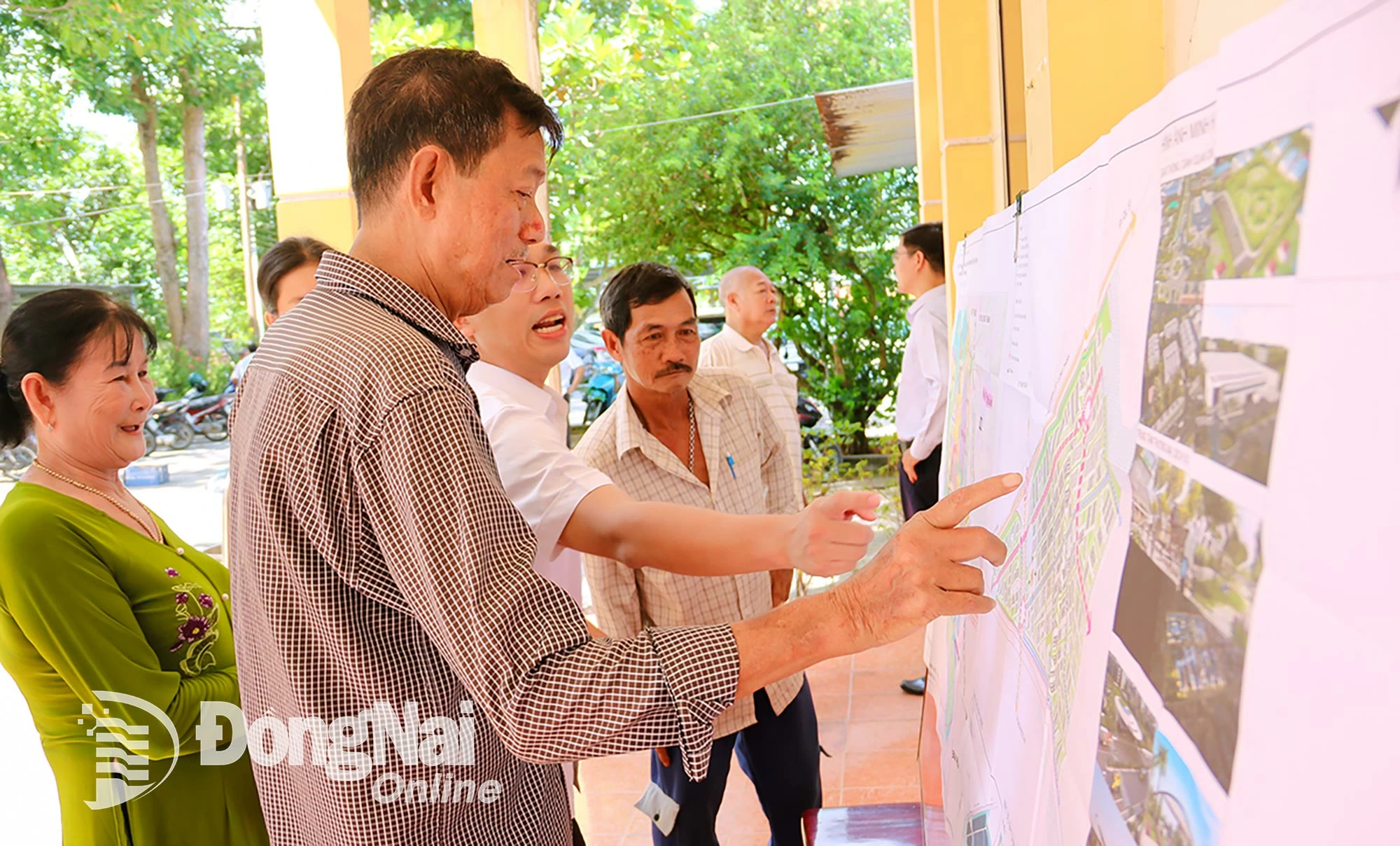 |
| People view the planning of Phuoc An Industrial Park, which is oriented to develop according to the model of a green, ecological industrial park. Photo: Van Gia |
Some industrial parks in the country, including Dong Nai , have initially participated in green and ecological industrial park development programs and have brought about certain results. However, according to experts, to develop the ecological industrial park model smoothly, there are still barriers and obstacles that need to be removed.
Businesses interested
In Dong Nai, Amata Industrial Park is one of the leading units in the country in orienting the development of ecological industrial parks.
Pham Anh Tuan, Senior Director of Water and Environmental Management at Amata Bien Hoa Urban Joint Stock Company, said that sustainable development and circular economy bring many economic and environmental benefits. The construction and development of ecological industrial parks aim to increase the water circulation rate and increase the score indexes for industrial parks.
Amata Industrial Park is building industrial symbiosis, bringing clear economic and environmental benefits, meeting export conditions. The future industrial parks of Amata Group are also oriented towards ecological development such as in Quang Ninh or Long Thanh High-Tech Industrial Park Project. Developing renewable energy sources to supply international investors is one of the top priorities, demonstrating Amata's strong commitment to sustainable development.
Not only Amata, the future industrial parks of Dong Nai will continue to be oriented towards the green, ecological industrial park model.
According to General Director of Long Duc Investment Co., Ltd. (the investor of Long Duc Industrial Park infrastructure) Ishii Hiroyuki, the company is coordinating with relevant parties to promote the green and smart industrial park project. Accordingly, it will focus on building a green and smart industrial park data platform; improving the efficiency of industrial waste treatment towards zero CO2 emissions; and saving energy.
In addition, new projects about to be built in the province such as Bau Can - Tan Hiep Industrial Park, Phuoc An Industrial Park... are also oriented by investors to become industrial - logistics centers that meet modern criteria, develop according to the green - smart - integrated industrial park model, use rooftop renewable energy systems, advanced wastewater and waste treatment systems...
Still facing barriers
Developing an ecological industrial park is not only a model to improve the efficiency of energy and raw materials use according to the principles of circular economy, but also an important tool to implement the country's commitment to reduce emissions and green growth goals. Recently, localities as well as industrial park infrastructure investors have paid more attention to this model, with great development opportunities but still challenges.
According to Mr. Bach Ngoc Tung, Deputy Director of the Institute of Construction Science and Technology AIS (Hanoi City), in the issue of developing ecological industrial parks, it is necessary to develop in a continuous chain instead of each individual zone or project. Zones cannot be isolated entities, but must be connected into clusters, green economic corridors, sharing resources and inter-regional industrial symbiosis chains. However, the current challenge is that the legal framework is still lacking in synchronization. The entanglement between laws such as the Investment Law 2020, the Environmental Law 2020, the revised Land Law 2024 and the Construction Law 2014 in the past has also caused difficulties for investors and businesses in industrial parks.
In addition, “green” financial resources such as green credit, green bonds or environmental protection funds are still in their infancy, making it difficult for businesses to access. In addition, new technologies, smart management technologies (IoT, AI, GIS) and digital transformation, although encouraged, have high initial investment costs and lack of specialized human resources, so not many units have been able to implement them.
According to experts, to convert conventional industrial parks into ecological industrial parks, it is necessary to build a database, develop a conversion roadmap, raise awareness, provide financial support, promote technological innovation...
In fact, developing a green, ecological industrial park model is not just a story of infrastructure investors. Mr. Pham Anh Tuan added that industrial parks are facing great pressure from both customers and investors to provide clean energy, ensure low carbon index and provide reusable water. In addition, when listed on the stock exchange, businesses must report sustainable development indicators to meet the increasing needs and demands of investors interested in environmental, social and governance (ESG) factors. Connecting businesses in industrial parks and neighboring areas to create symbiotic industry is also very important to be able to build a sustainable, ecological industrial model.
Van Gia
Source: https://baodongnai.com.vn/kinh-te/202507/phat-trien-khu-cong-nghiep-xanh-sinh-thai-can-go-vuong-mac-a383037/


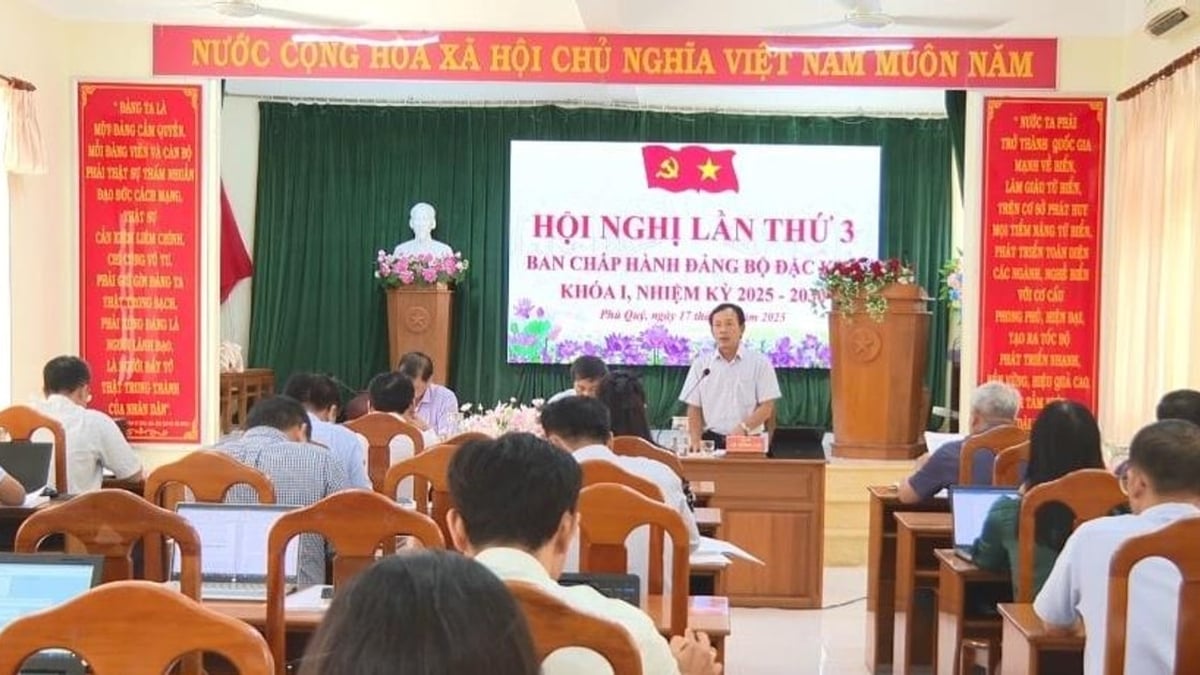
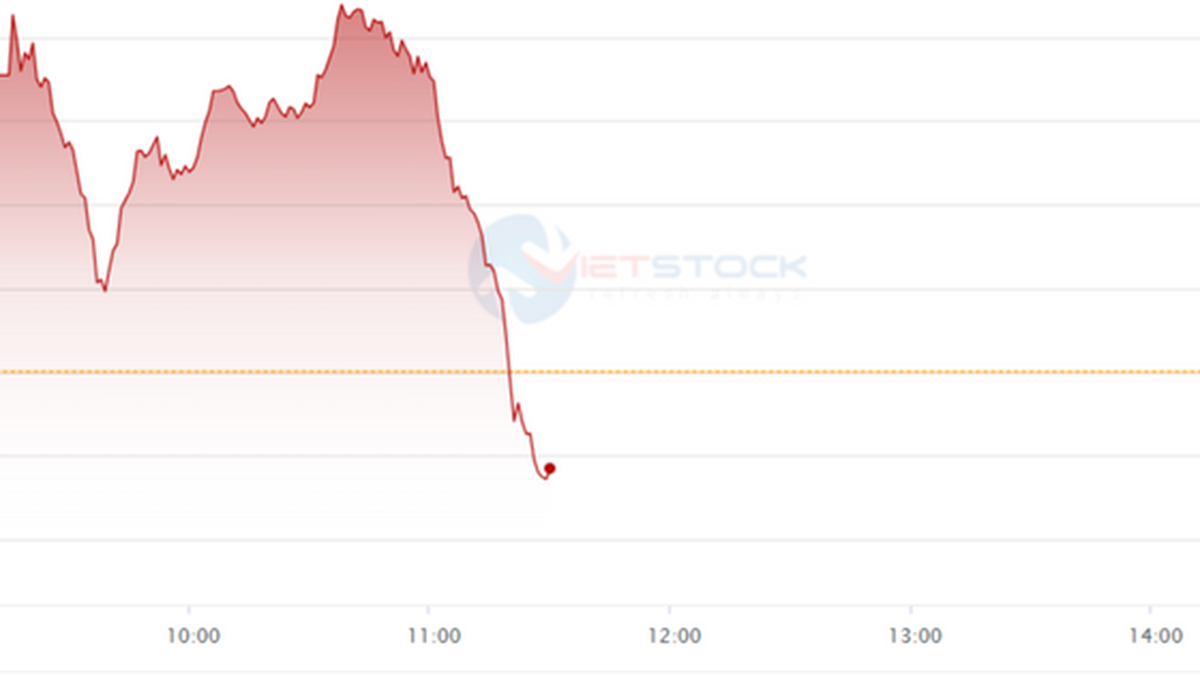

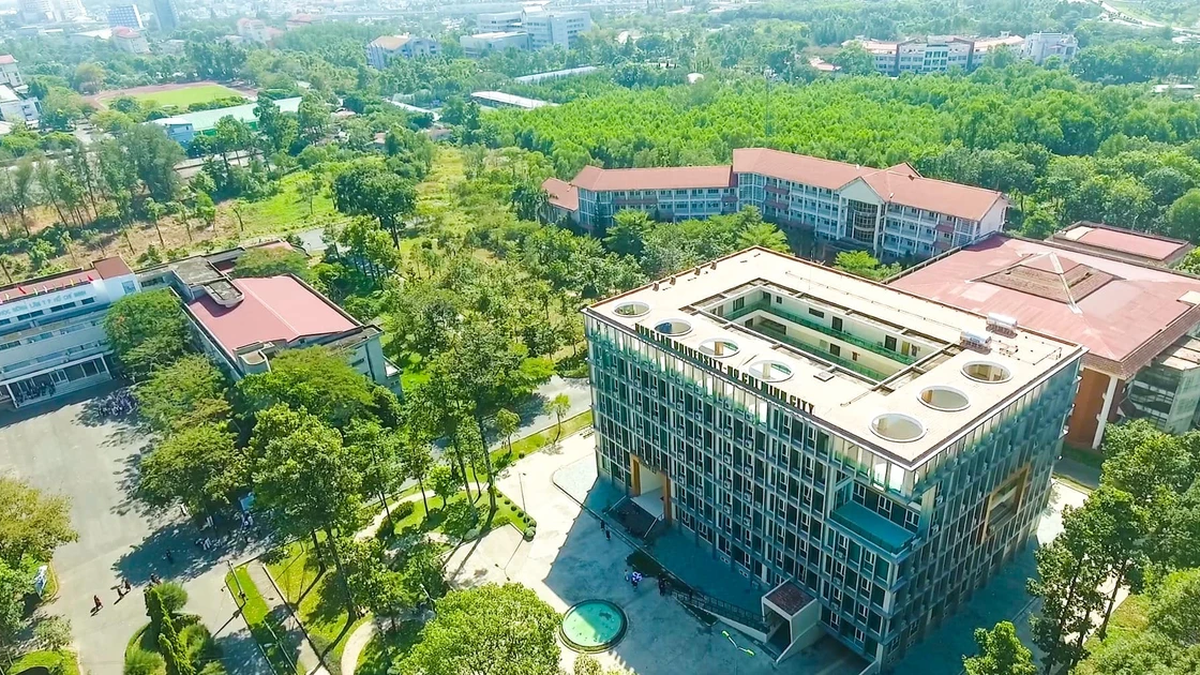
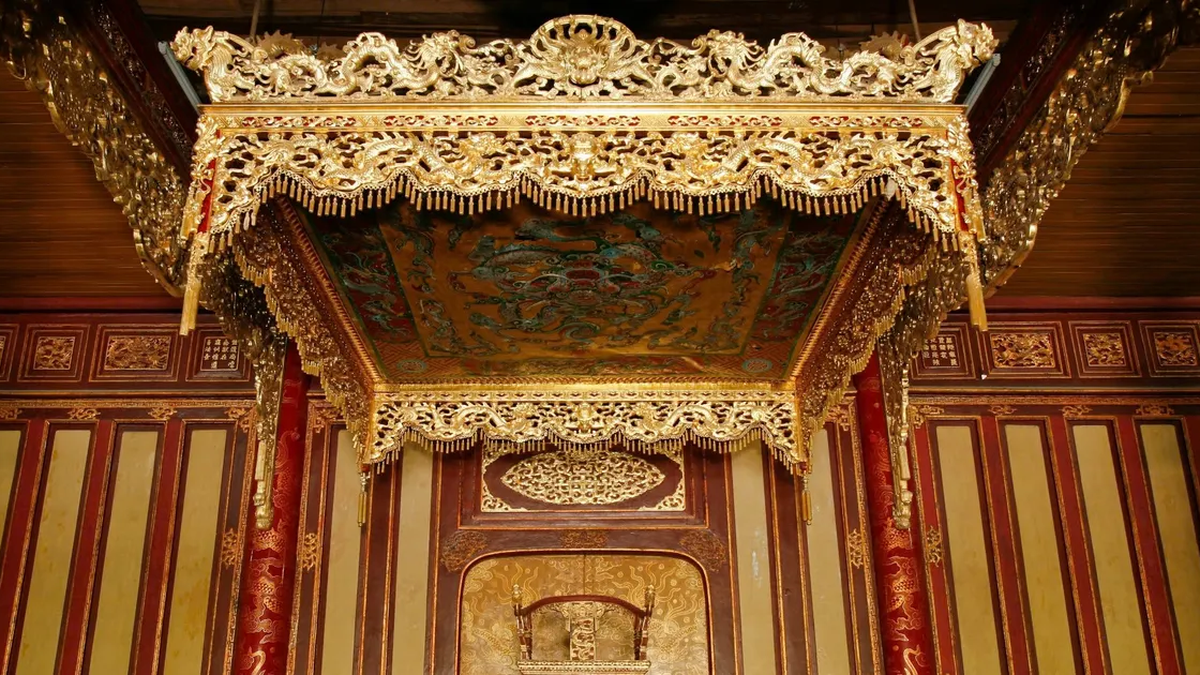
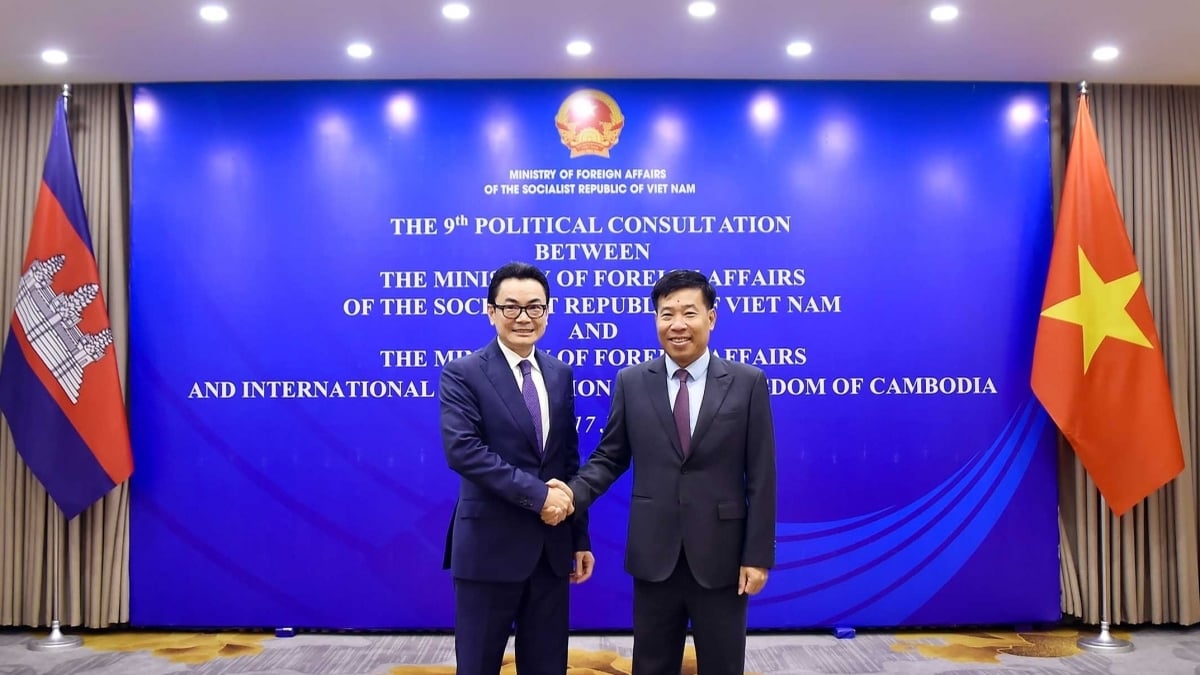
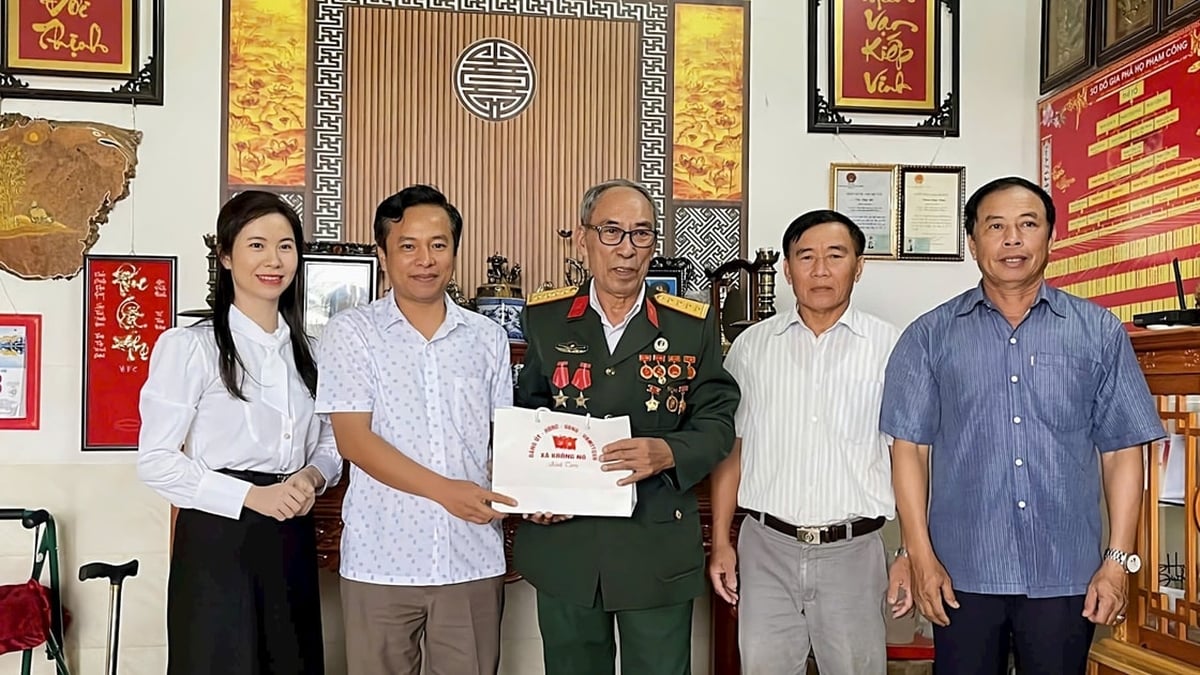
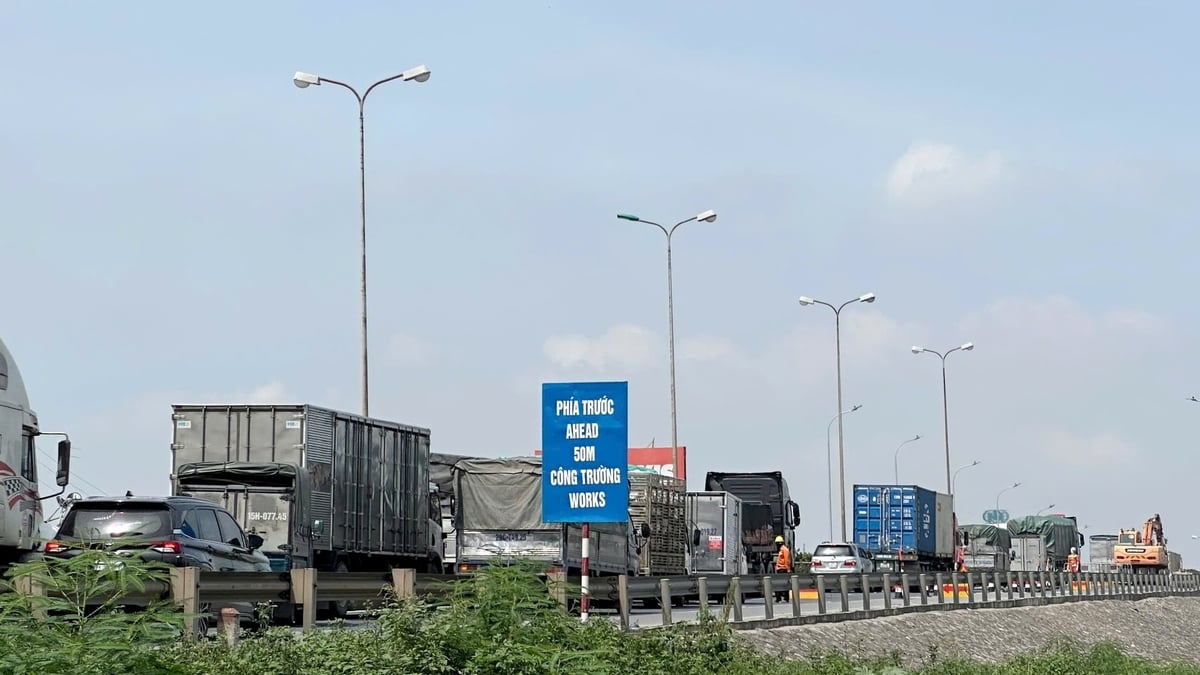
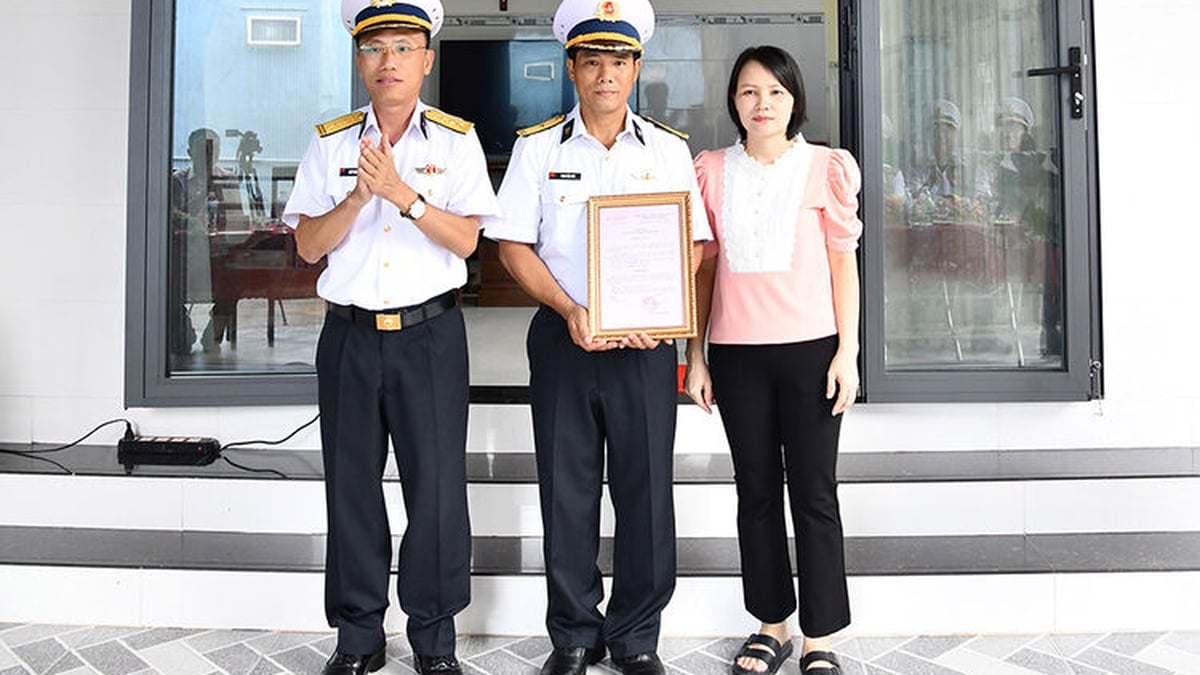
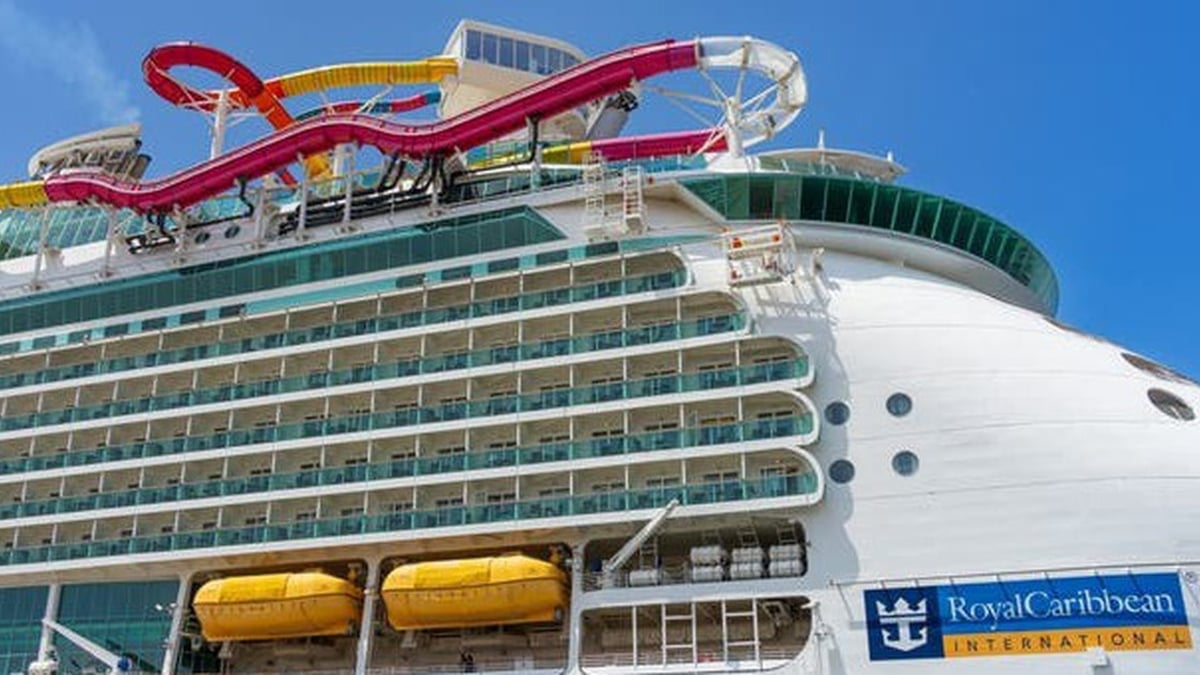








































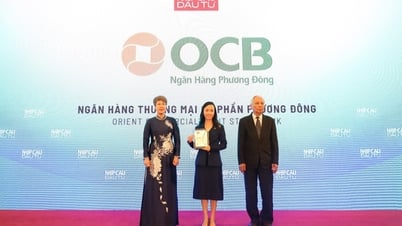

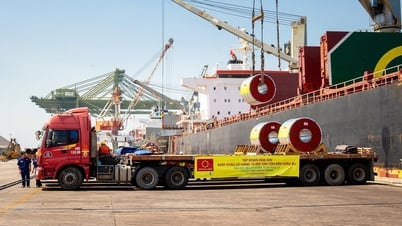

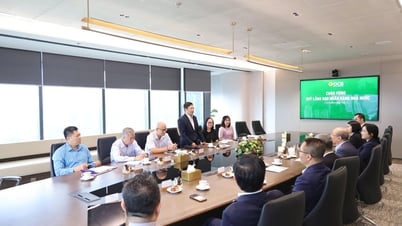
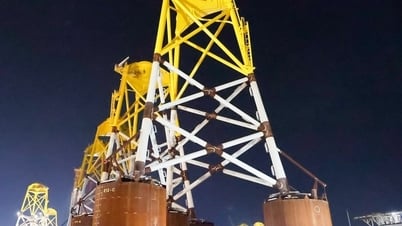


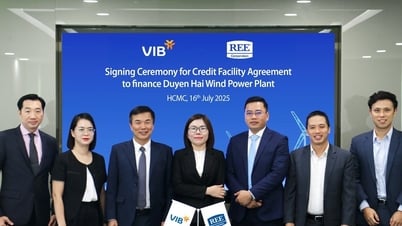

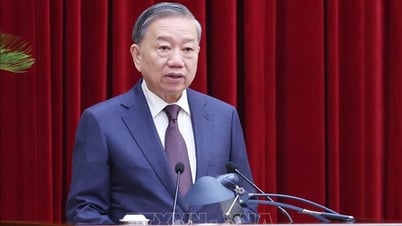

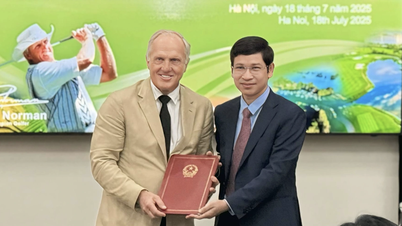

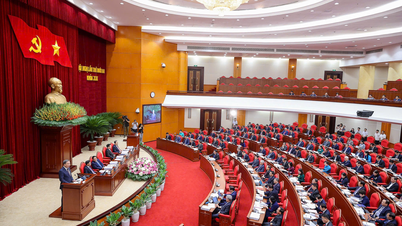


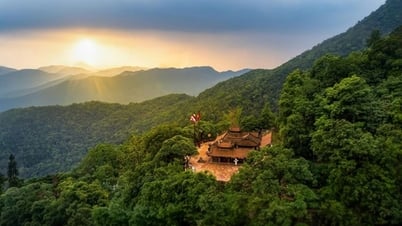

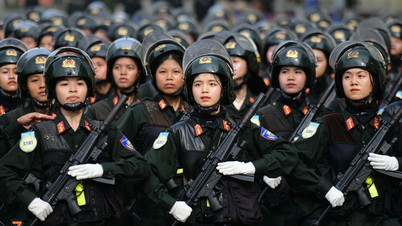
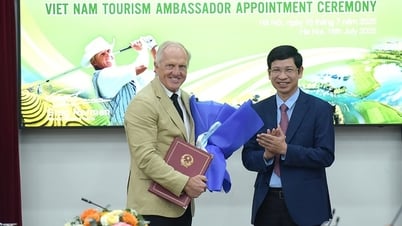

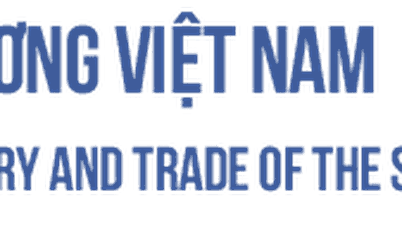

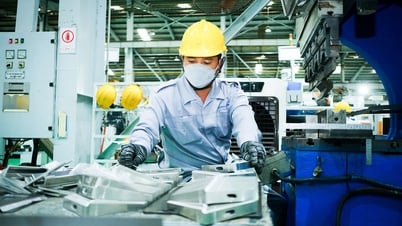

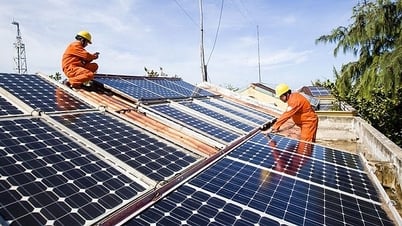
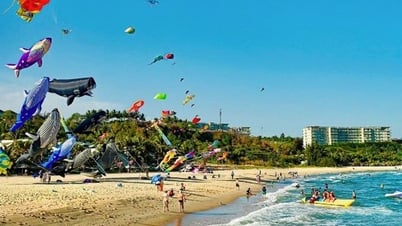








![[Infographic] In 2025, 47 products will achieve national OCOP](https://vphoto.vietnam.vn/thumb/402x226/vietnam/resource/IMAGE/2025/7/16/5d672398b0744db3ab920e05db8e5b7d)













Comment (0)